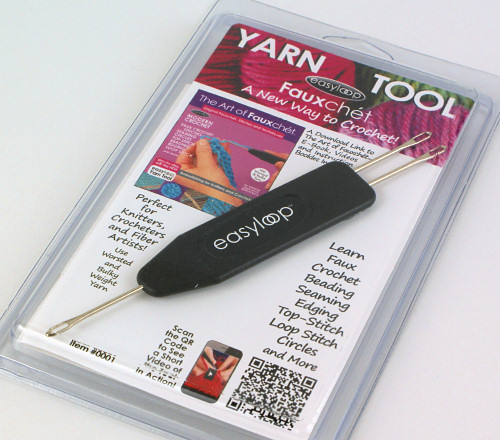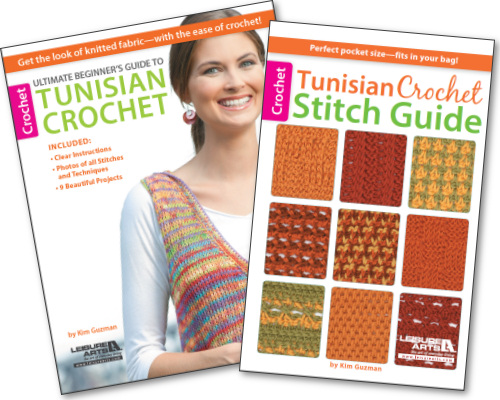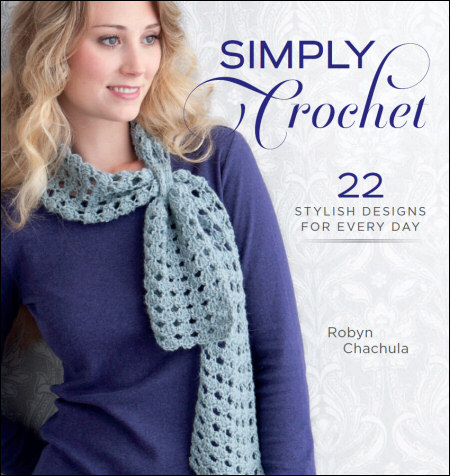
Trendgarne kindly sent me some of their ONline Linie 346 Arona yarn, and I decided to try it out with my free Chunky Moebius Cowl pattern. Isn’t it lovely? Arona is a 100% cotton ribbon yarn that comes in a 100g ball, which provides a generous 230m of (roughly) worsted weight yarn. As you can see, it […]






















